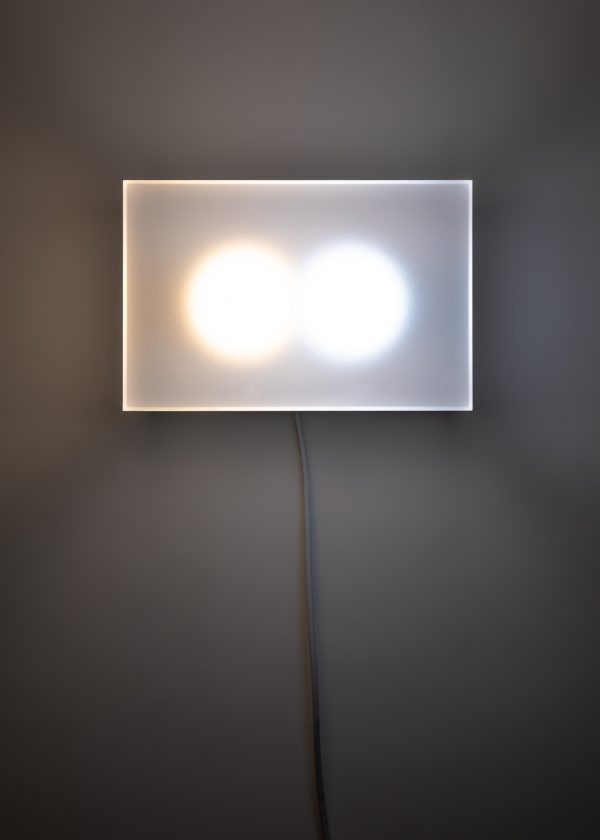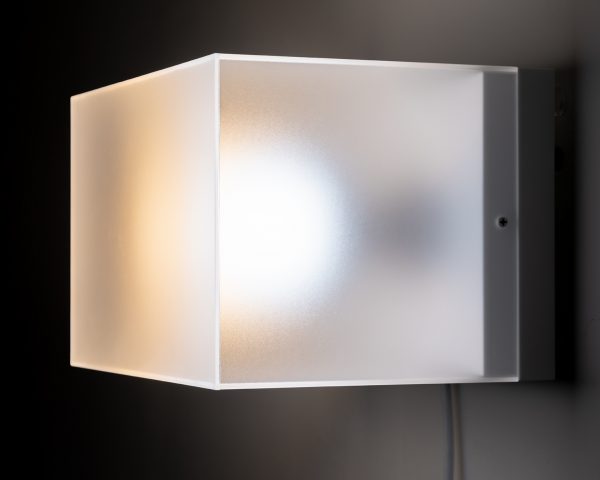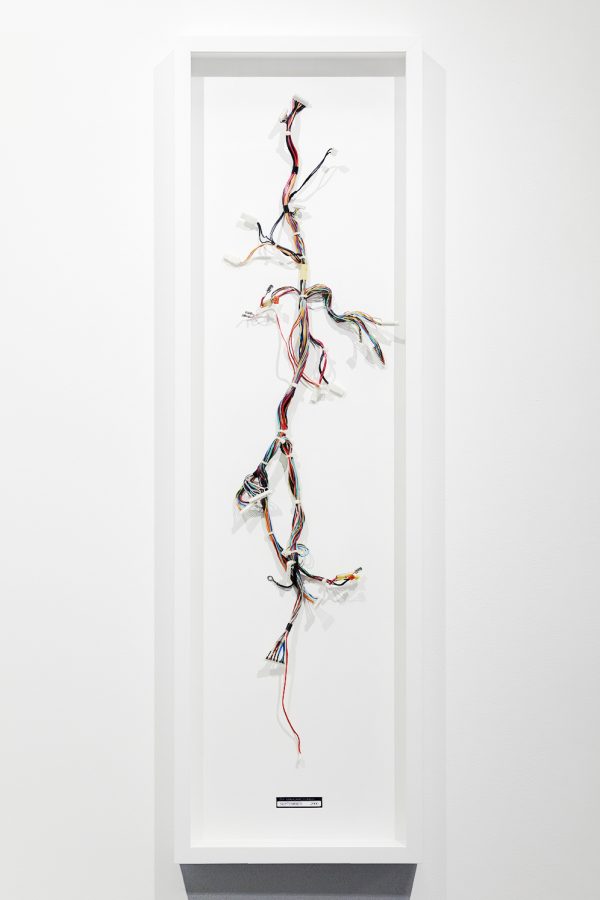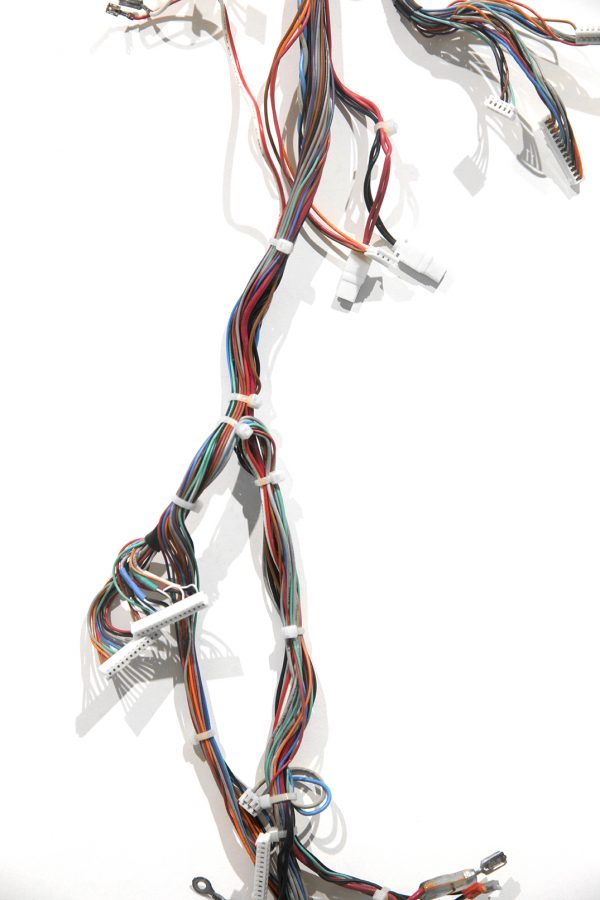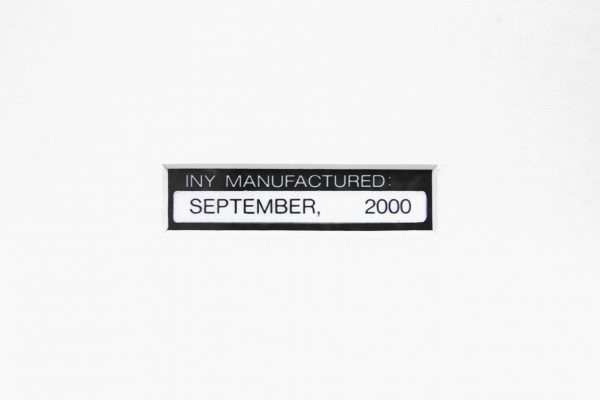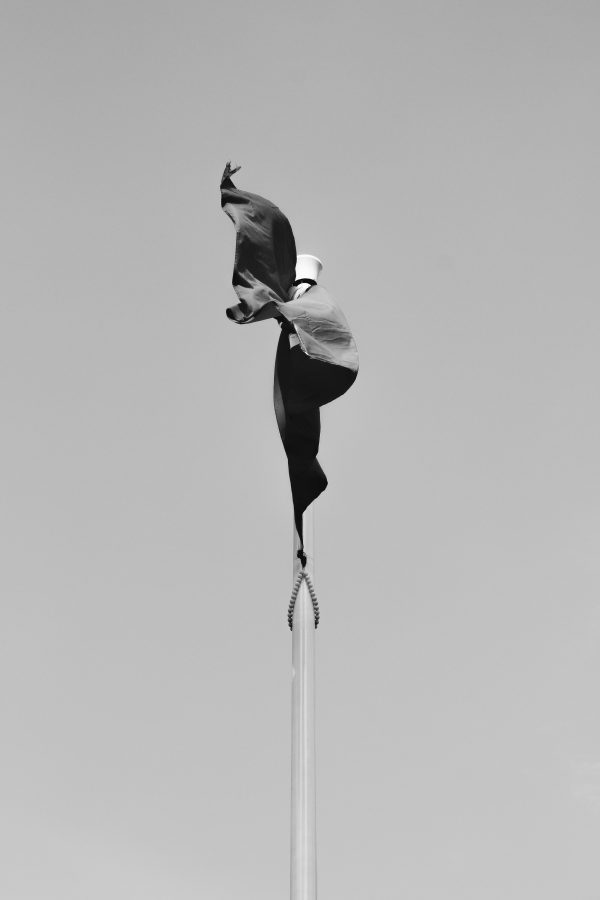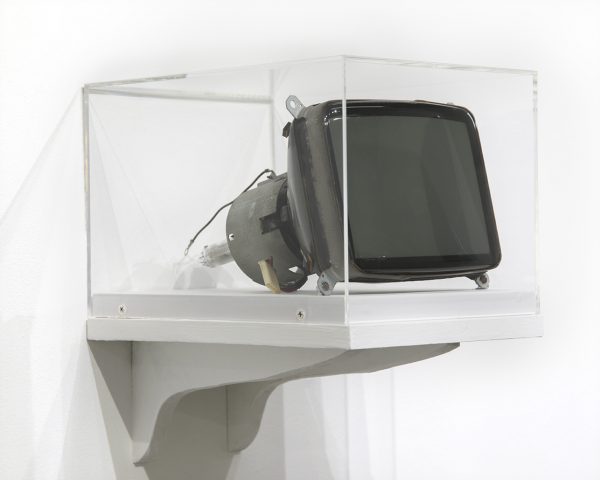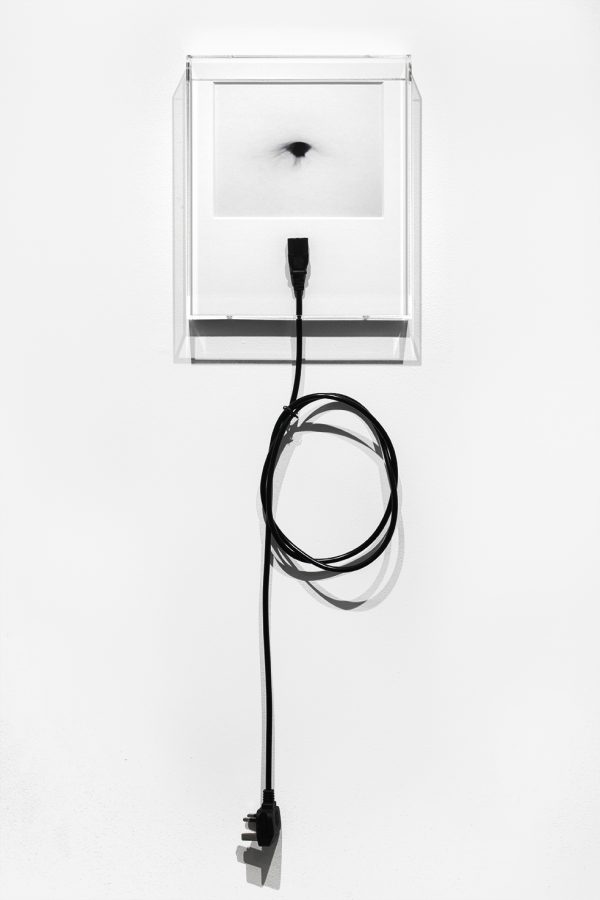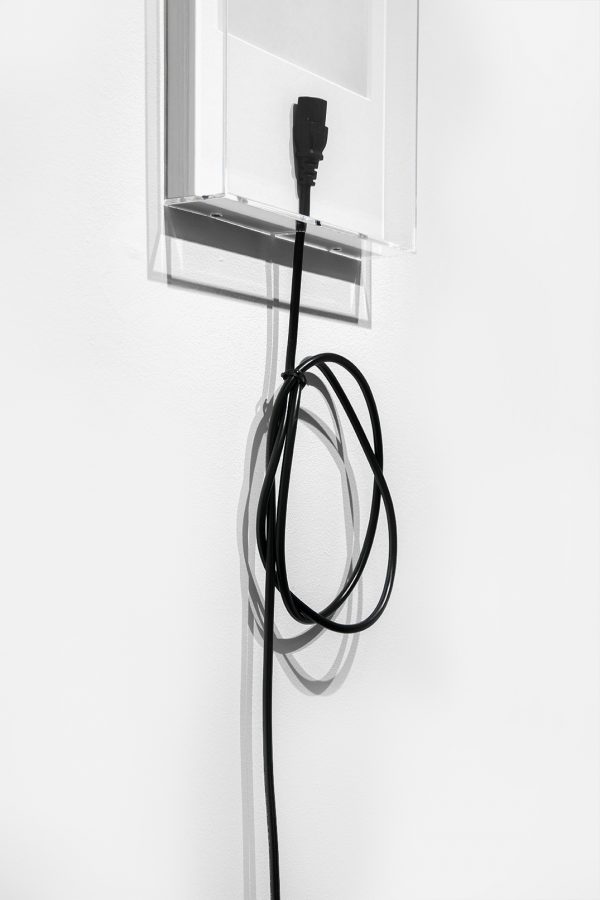梁望琛 LEUNG Mong Sum, Joseph
1995年香港出生。
梁望琛是一位香港藝術家,在香港城市大學創意媒體學院以一級榮譽畢業,美國紐約州雪城大學視覺及表演藝術學院進行交流,及後在香港中文大學藝術系完成藝術碩士(創作)學位。
梁氏的創作主要探討數位世代下的存在議題。他與四位藝術家共同創立名為「Negative Space」的藝術單位,致力發展鏡頭與影像相關的藝術媒介。此單位同時參與了由Between Bridges 及 Wolfgang Tillmans主辦,名為“2020Solidarity” 的藝術團體計劃。
梁氏過去被曾經被選第二十四屆 ifva Awards (媒體藝術組),2018 香港人權藝術獎,WMA 攝影大師獎 2017/2018,等等。他的作品曾在美國,印度,瑞士和香港展出。
梁氏現為香港公開大學,創意藝術學系講師。
b.1995, Hong Kong
Joseph Leung Mong-sum is a Hong Kong-based artist who graduated from the School of Creative Media at City University of Hong Kong with first class honors, and went on an exchange program at the College of Visual and Performing Arts at Syracuse University in New York. He later graduated from the MFA program at the Chinese University of Hong Kong.
Leung’s research explores our existence in the contemporary and digital milieu. He co-founded the Negative Space, a Hong Kong-based artspace that focuses on lens-based media practices and is one of the participating art spaces in the “2020Solidarity” project organized by Between Bridges and Wolfgang Tillmans. Recently, Leung has been shortlisted for the 24th ifva Awards (Media Arts category), Hong Kong Human Rights Art Prize 2018 and the WMA Masters Photographic Awards 2017/18. His works had previously been shown in the United States, India, Switzerland and Hong Kong and are privately collected.
Currently, Leung is lecturing at the Department of Creative Arts, Open University of Hong Kong.
偶發思緒的沉澱
(1)
• 從一個音調開始,這個音調可以是一段音樂,也可以是一波季節性的情緒,專注於這個音調的感覺;
• 把這個音調視覺化,”它的顏色是什麽?”、”它是粗糙的嗎?還是光滑的?”、”它是放射性的?還是收斂的?”
(2)
• 閱讀一篇哲學文章;
• 感受文本所闡述的形而上的力量;
• 試着去體現那力量,並想象它的姿態;
• 用視覺或雕塑的元素將這種姿態視覺化。
(3)
• 捉住那個在你腦海中已醞釀了一段時間的想法–不必是一句精簡的字或詞,一首詩句亦不妨;
• 在現實生活中尋找不同的場景來表現這個想法或詩句;
• 把這些情景簡單記錄下來,做成小作品;
• 將它們一起呈現出來,成為一套作品。
當我無法預想我藝術家生涯的下一步時,或多或少在創作上有阻礙。
A Sedimentation of Serendipitous Thoughts
(1)
• Start with a tone; the tone could be a piece of music, or a wave of seasonal mood, focus on the feeling of this tone;
• Visualize this tone; “What is its color?”, “Is it rough? or is it smooth?”, “Is it radiating? or Is it converging?”
(2)
• Read a philosophical text;
• Feel the metaphysical force articulated by the text;
• Try to embody the force and imagine its gesture;
• Visualize this gesture with visual or sculptural elements.
(3)
• Catch that general idea that has been ruminating in your mind for a while – it doesn’t have to be a concise word or phrase; might as well be a poetic verse;
• Find different scenarios in real-life that demonstrate this idea or verse;
• Make small works of these scenarios by simply documenting them;
• Present them together as a body of work.
More or less now, when I cannot envision the next step of my career as an artist, (I cannot make art).
最近我的一位學生提交了一份功課,提及粵語流行歌手麥浚龍(Juno Mak)以“彳亍”為名的歌曲,我才理解了這一詞語。我仍然不確定自己是否真正理解它,“緩步來來回回地走”。對我來說,生活永遠在前行,只有在記憶中人才偶爾回看。
這些天裏,我發覺我iphone的新iOS系統偶爾展示舊照片,將我帶回過去的回憶。我常常看到與故人的合照,而今已物是人非。我開始好奇技術究竟如何影響著我們對於過去的認知,而蘋果設計的程式所帶回的記憶又承載著多少痛楚。
我相信人總是同時存在於過去與現在。在便攜數碼設備之前,我們僅僅依靠自我回憶,而現在這些記憶被算法物質化,(成為)數據和信息,將回憶變得粘滯,無法迴避。
我開始自問我是否想要被帶入這些回憶,被強制地或編碼地瞻前顧後,任由數據令我情緒波動。
我想過關閉這個功能,繼而我知道這並非僅僅是一個關於偏好設置的問題。我們固然可以在行動電話上關掉這些功能,但我們註定永遠要面對這些苦難,永遠如此。不妨隨他去罷。
I never understand the phrase “彳亍” until a student of mine has recently submitted an assignment regarding a song with the same title, by Juno Mak, the cantopop artist. Still, I don’t think I absolutely understand what it means, “to step back and forth, in small steps”. For me, life has always been going forward and only in our memories are we stepping backwards momentarily.
These days, I realized the new iOS of my iphone would occasionally remind me of my previous memories by showing me old photos. Often I encounter photos that were taken with a person whom is no longer in my life. I started wondering how technology is influencing our perception of the past, and how painful memories are always brought back by this algorithm designed by apple.
I believe humans have always simultaneously lived in the past and present. Before mobile devices, we do so by recalling our memories, and now such memories have been materialized as algorithms, data and information, which makes it much stickier and compulsive.
I started to wonder whether I want to be reminded of all these memories; to be algorithmically and compulsively stepping back and forth, with my emotions fluctuating along with digital data.
I thought of turning off this function, but then I thought perhaps this is not a question of preference; we can turn off all these functions on our phones, but we will always be destined to confront these sufferings, ad infinitum, so we might as well just let it be.
(選譯自藝術家對“彳亍以行”公開招募問卷的作答 | Translated excerpts from the artist’s answer to stepbackforward.art’s open call questionnaires.)
- 黃康迪 WONG Hong Tik
- 陳毅哲 CHEN Yi Che
- 馮以丹 Edy FUNG
- 李劻華 Khris LEE Hong Wah
- 詹昫嵐 Liv TSIM
- 梁慧欣 LEUNG Wai Yan
- 梅愷盈 MUI Hoi Ying, Carol
- 黎穎虹 LAI Wing Hung
- 張綺君 CHEUNG Yee Kwan, Sonia
- 強天锴 QIANG Tiankai
- 朱建林 ZHU Jianlin
- 鄺詠君 KWONG Wing Kwan
- Iris WONG
- 楊思嘉 Sijia YANG
- 張文智 ZHANG Wenzhi
- 盧韻淇 LO Wan Ki
- 馮靖嵐 FUNG Ching Laam
- 張亦勤 CHEUNG Yick Kan
- 葉雯 Manny YIP
- 無碼計劃 Project NoCode
- 劉菁兒 LAU Ching Yee, Cathleen
- 余榮基 YU Wing Kei, Rik
- 劉暢 LIU Chang
- 陳翠雯 CHAN Chui Man
- 許芷瑋 HUI Gi-Wai, Echo
- 譚綽琳 TAM Cheuk Lam, Jessie
- 鄭天依 ZHENG Tianyi
- 王昱珊 WONG Yuk Shan
- 李曉巧 LI Xiaoqiao
- 屈鍵晴 WAT Kin Ching
- 劉清華 LAU Ching Wa, Jess
- 曾淑芬 TSANG Shuk Fan, Tracy
- 張紫茵 Dorothy CHEUNG
- 林琬晴 LAM Yuen Ching, Esther
- 彭景 PENG Jing
- 馮以力 FUNG Yee Lick, Eric
- 張家樺 Janice CHEUNG
- 鄧廣燊及袁雅芝 TANG Kwong San & YUEN Nga Chi
- 潘美義 POON Mei Yee
- 徐然 XU Ran
- Florence LAM
- 朱穎琳 CHU Wing Lam, Kelly
- 黃姬雪 WONG Kei Suet, Ice
- 余淑培 YU Shuk Pui, Bobby
- 鄧卓敏 TANG Cheuk Man, Penelope
- 李珮瀅 LEE Pui Ying, Hiya
- 吳咏詩 Wing Sze NG
- 張國樑 Weera It ITTITEERARAK
- 黃詩慧 WONG Sze Wai
- 鄭裕林 CHANG Yue Lam
- Landescape1823
- 鄭虹 CHENG Hung, Dony
- 陳庭 CHAN Ting
- 馮倚天 FUNG Yee Tin, Thomas
- 譚敏晴 TAM Man Ching, Michelle
- 朱湘 ZHU Xiang
- 程新皓 CHENG Xinhao
- 沈軍 SHEN Jun
- 梁望琛 LEUNG Mong Sum, Joseph
- 李繼忠 LEE Kai Chung
